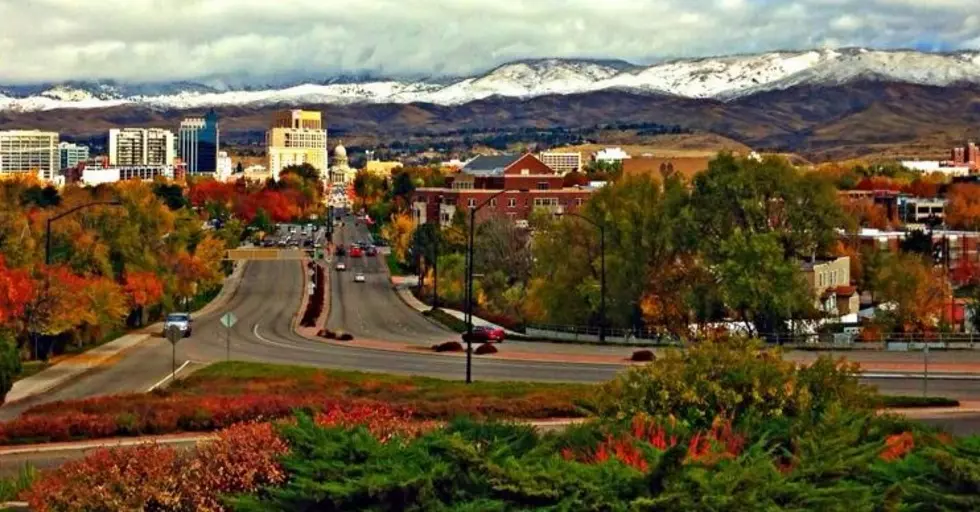Popular Idaho Boating Fishing and Swimming Spot Reports Dangerous Algae Bloom
The Southwest District Health District has issued a health advisory for Brownlee Reservoir, because of a blue-green algae bloom that could be dangerous to humans and dogs.
According to the SDHD, samples taken from the reservoir show concentrations of bacteria-producing blue-green algae. This algae can cause illness to humans and animals.
Blue-green algae (which are actually a type of bacteria) occur naturally. According to the SDHD, “Blue-green algae blooms occur in waters with high levels of nutrients such as phosphorus and nitrogen. Under certain conditions, some types of algae can release toxins into the water that are harmful to people, pets, and livestock. The blooms are generally green, or blue-green, and may form thick mats along shorelines. These may look like a surface scum, resembling pea soup and can have an unpleasant odor or stench.”
The following precautions should be taken where blue-green algae blooms are known to be present:
Humans, pets, and livestock should not drink the reservoir water.
Humans and animals should stay out of the reservoir. Swimming, wading, or other activities with full body contact of reservoir water should be avoided.
Fish should be cleaned and rinsed with clean water. Only the fillet portion should be consumed. All other parts should be discarded.
Pets and livestock are vulnerable to blue-green algae and should stay out of water where blooms are visible.
Pets and livestock can be exposed to blue-green algae through drinking, swimming, or self-grooming by licking their wet coat or paws. A reaction will likely require immediate veterinary attention.
Do not allow pets to eat dried algae.
If reservoir water contacts skin or pet fur, wash with clean potable water as soon as possible.
Areas of visible algae accumulation should be avoided.
According to the Centers for Disease Control and Prevention, people who are exposed to water with high concentrations of blue-green algae may experience nausea, vomiting, diarrhea, difficulty breathing, skin irritation, allergic responses, liver damage, or neuro-toxic reactions such as tingling fingers and toes.
Symptoms in humans are rare, but anyone with symptoms should seek medical attention. Boiling or filtering the water will not remove blue-green algae toxins.
For more information about harmful algal blooms, visit DEQ’s website
More From Mix 106



![This Week Marks the 42nd Anniversary of Idaho’s Largest Natural Disaster [Video]](http://townsquare.media/site/659/files/2017/05/hqdefault25-e1496257340613.jpg?w=980&q=75)



![Boise’s Best Bloody Mary Breakfast: My Final Stop is Bacon [Photos]](http://townsquare.media/site/659/files/2018/03/1-a-a-Bacon7-e1522262410214.jpg?w=980&q=75)

